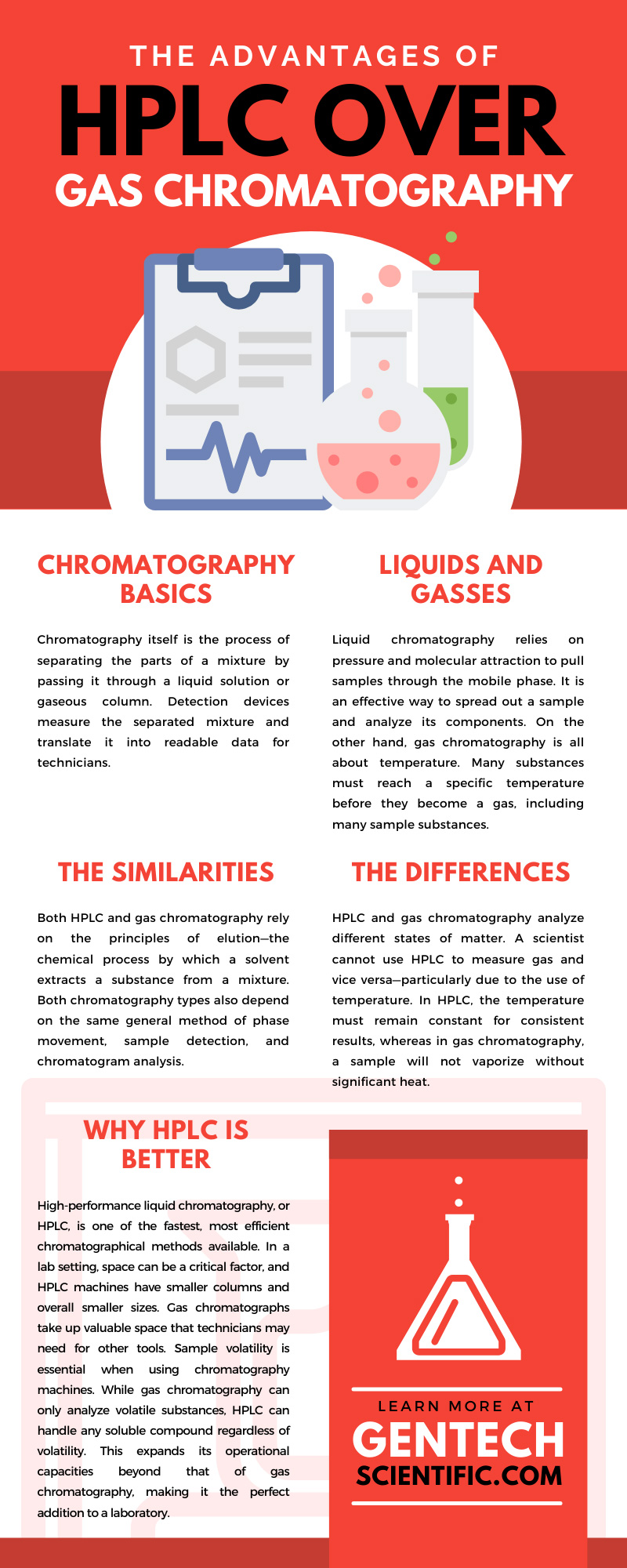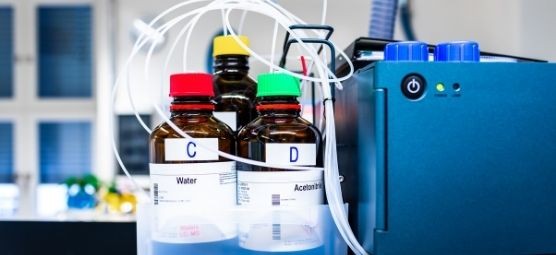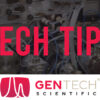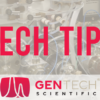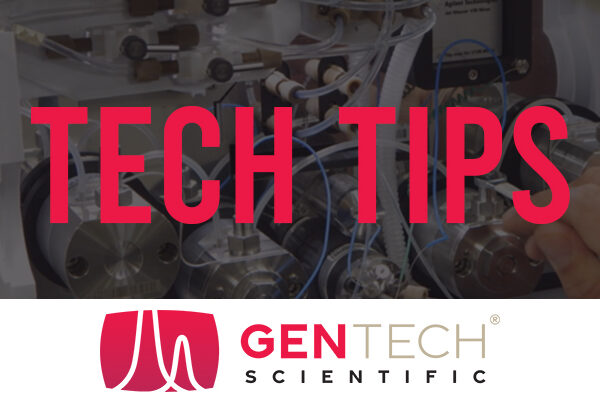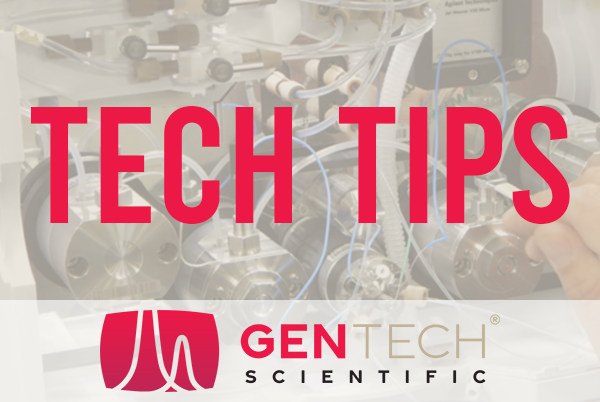When running a laboratory test and using chromatographical methods, technicians need precision and timeliness to get the job done on time. No matter the kind of work scientists do in their lab, they must run an effective business to stay operational. This means using the highest quality tools and matching them to the right jobs. If you are wondering which chromatography type to use, these are the advantages of HPLC over gas chromatography.
Chromatography Basics
Liquid and gas chromatography operate by similar principles but with varying results. Chromatography itself is the process of separating the parts of a mixture by passing it through a liquid solution or gaseous column. Detection devices measure the separated mixture and translate it into readable data for technicians.
The Chromatography Process
Chromatography is an incredibly helpful analytical chemistry tool used to detect everything from pesticides in organic items to odors in aromatic products. The chromatography process begins with the mixture itself. Whether the scientists measure a liquid or gaseous mixture, they take the sample and dissolve it in the mobile phase. Then, the mobile phase carries the sample through the stationary phase, causing the segmentation necessary to measure and detect the individual parts.
The mobile phase is the liquid or gaseous substance that moves the sample through the system. The stationary phase is the solid or liquid that separates the sample as the mobile phase carries it through. Based on a series of molecular properties, these two phases work together to separate the sample’s individual parts, creating a layered effect that makes analysis possible.
Ink Chromatography—A Quick Example
Take the classic example of analyzing pen ink with chromatographical methods. Draw a small ink dot on the end of a piece of filter paper. Then, insert the inked paper into a beaker with a thin layer of solvent at the bottom. In this scenario, the ink dot is the sample, the solvent is the mobile phase, and the filter paper is the stationary phase. The filter paper absorbs the liquid solvent, wicking it up toward the top by capillary action.
As the solvent reaches the ink dot, it interacts with the ink liquid and takes it along for the ride. However, the ink separates into its various colors. Black ink may split into blues, yellows, and pinks that work together to make the original black color. Each pigment moves at a different pace due to its attraction to the mobile phase. The resulting variegation allows observers to note the base pigments that compose the one color.
Liquids and Gasses
Though paper chromatography is an excellent example of how liquid chromatography works in general, it is not the only way. Liquid chromatography relies on pressure and molecular attraction to pull samples through the mobile phase. It is an effective way to spread out a sample and analyze its components. Much like the ink chromatography example, liquid chromatography takes any liquid sample and pulls it through the stationary phase to determine its composite parts. A photoelectric sensor analyzes the separations and charts them for technicians to read.
On the other hand, gas chromatography is all about temperature. Many substances must reach a specific temperature before they become a gas, including many sample substances. The process begins with high temperatures that vaporize the sample, which mixes with an inert gas in the column oven. Thermal conductivity detectors then analyze what is going on and send the data to the chromatogram for analysis.
HPLC vs. Gas Chromatography
Even in this short explanation of the two chromatography types, it is evident that there are several key differences and similarities. Knowing about these differences enables laboratory managers to make informed decisions about the technology they obtain for the technicians.
The Similarities
Both HPLC and gas chromatography rely on the principles of elution—the chemical process by which a solvent extracts a substance from a mixture. Both chromatography types also depend on the same general method of phase movement, sample detection, and chromatogram analysis. Despite these commonalities in procedure and principle, there are more differences that technicians must account for.
The Differences
HPLC and gas chromatography analyze different states of matter. A scientist cannot use HPLC to measure gas and vice versa—particularly due to the use of temperature. In HPLC, the temperature must remain constant for consistent results, whereas in gas chromatography, a sample will not vaporize without significant heat.
The central place of mixture and detection occurs in the chromatograph’s column. Gas chromatographs require considerable space for the mixing gases to move around, resulting in larger machine sizes. Comparatively, HPLC happens in a much smaller column because liquid solutions do not need ample room to move. Taking these differences into consideration, it is easy to see how HPLC is better than gas chromatography.
Why HPLC Is Better
High-performance liquid chromatography, or HPLC, is one of the fastest, most efficient chromatographical methods available. In a lab setting, space can be a critical factor, and HPLC machines have smaller columns and overall smaller sizes. Gas chromatographs take up valuable space that technicians may need for other tools.
Sample volatility is essential when using chromatography machines. While gas chromatography can only analyze volatile substances, HPLC can handle any soluble compound regardless of volatility. This expands its operational capacities beyond that of gas chromatography, making it the perfect addition to a laboratory.
Because HPLC uses a pressure pump, technicians can complete the entire process quickly, sometimes in just ten minutes. Gas chromatography relies on temperature, which requires an oven to build heat over time. Though these machines can heat up fast, it is nowhere near as speedy or efficient as an HPLC device.
Understanding the advantages of HPLC over gas chromatography helps lab techs and lab managers alike to make the right decision for their industry. While gas chromatography has many positives to offer, HPLC is the superior method and will help improve laboratory productivity and turnaround time for clients. If you need any help finding a suitable HPLC machine for your business, reach out to us at GenTech Scientific today.
